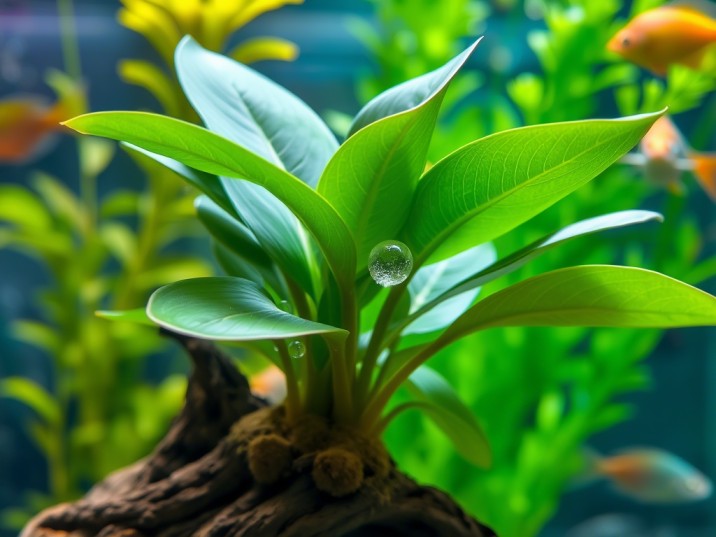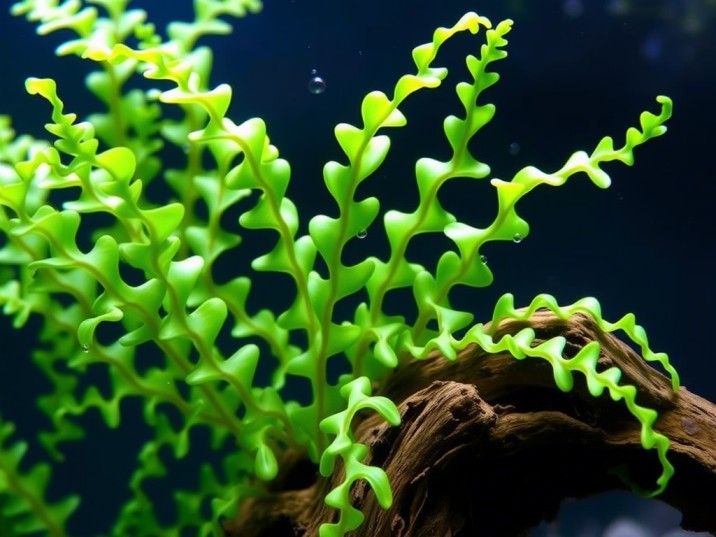10 Expert Tips for a Thriving Tank
Introduction
Did you know that a well-maintained aquarium can reduce stress and improve mental health? A balanced aquatic environment benefits not only your fish but also your peace of mind. However, poor aquarium plant health can lead to murky waters—both literally and figuratively. If your aquatic plants are struggling, it might be a sign of deeper issues that could affect your entire tank’s ecosystem.
In this guide, we’ll explore the powerful connection between aquariums and mental well-being while answering common questions about aquarium plant health. Plus, we’ll provide expert tips to keep your tank thriving and your mind at ease.
How Aquariums Improve Mental Health

- Stress Reduction – Watching fish swim has been scientifically proven to lower cortisol levels and reduce anxiety.
- Improved Focus & Productivity – Aquariums can create a calming ambiance that enhances concentration.
- Better Sleep Quality – The rhythmic movements and gentle sounds of an aquarium can promote relaxation, leading to improved sleep.
- Mood Enhancement – A well-maintained, lush aquarium adds aesthetic beauty, providing a sense of accomplishment and joy.
FAQs About Aquarium Mental Health
Q1: How does maintaining an aquarium benefit my mental well-being? A: Caring for an aquarium creates a routine that promotes mindfulness, patience, and a sense of responsibility.
Q2: Can aquariums help with anxiety and depression? A: Yes! The soothing effect of watching aquatic life can ease anxious thoughts and create a sense of tranquility.
Q3: Are certain fish species better for mental health benefits? A: Yes! Betta fish, guppies, and tetras are known for their vibrant colors and graceful movements, making them visually calming.
How to Keep Aquarium Plants Healthy

Aquarium plants play a crucial role in maintaining water quality and providing a natural habitat for fish. Here’s how to ensure your plants thrive:
1. Choose the Right Plants
Some plants are easier to care for than others. Beginner-friendly choices include:
- Anubias

- Java Fern

- Amazon Sword
- Hornwort
- Water Wisteria
2. Provide Proper Lighting
- Low-light plants: Java Moss, Anubias (require minimal lighting)
- Medium-light plants: Cryptocoryne, Amazon Sword
- High-light plants: Dwarf Hairgrass, Red Ludwigia (require stronger lighting)
- Use LED aquarium lights to maintain a stable light cycle.
3. Maintain Optimal Water Conditions
- Temperature: 72–82°F (22–28°C)
- pH level: 6.5–7.5
- Ammonia & Nitrite Levels: Close to 0 ppm
- Nitrate Levels: Below 20 ppm
4. Use Nutrient-Rich Substrate
Choose a substrate like Fluval Stratum or Eco-Complete to provide essential nutrients for plant growth.
5. Add CO2 for Better Growth
- CO2 injection can enhance photosynthesis and improve plant vitality.
- Liquid CO2 alternatives like Seachem Flourish Excel are great for beginners.
6. Regularly Trim and Prune Plants
- Why? Overgrowth can reduce light penetration and oxygen levels.
- Trim dead or yellowing leaves to keep plants healthy.
7. Avoid Common Plant Health Issues
- Yellowing Leaves: Could indicate nutrient deficiency (add liquid fertilizers)
- Algae Growth: Caused by excess light or nutrients (reduce lighting hours and increase water changes)
- Melting Leaves: Often seen when plants adjust to new tanks (trim affected leaves and wait for regrowth)
The Connection Between Plant Health and Fish Well-being
Healthy plants = Happy fish! When aquarium plants thrive, they: ✅ Improve water oxygenation ✅ Absorb excess waste and CO2 ✅ Provide hiding spots and reduce stress for fish ✅ Mimic a natural habitat, boosting fish health and vibrancy
Key Insight: Poor plant health can lead to an imbalance in water chemistry, making fish prone to stress and disease.